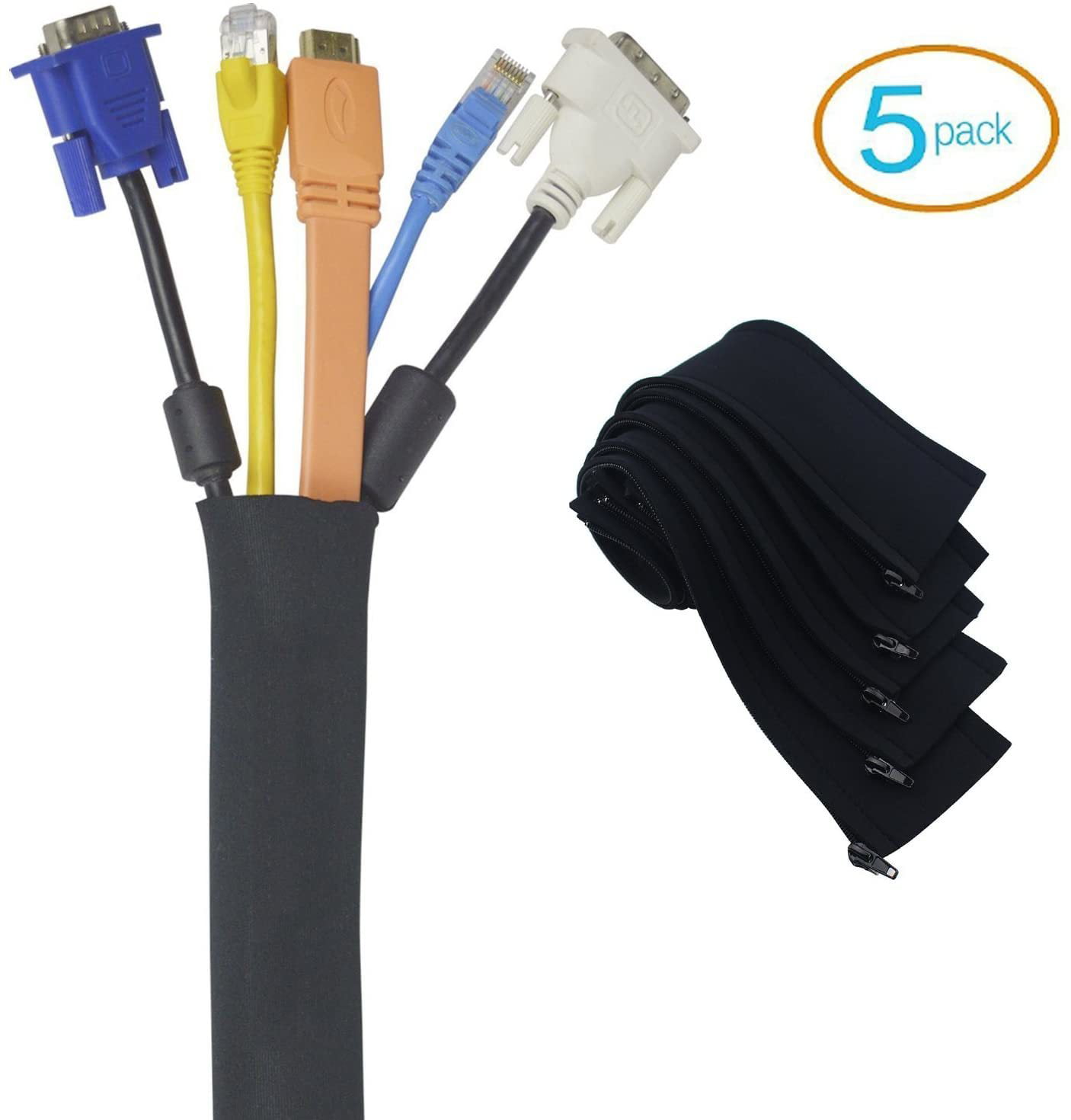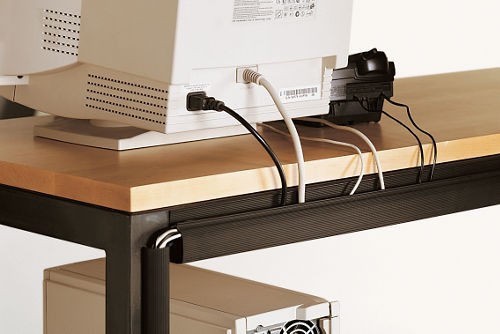

Books work like a treat for hiding cables. You can even run your cables through a wall shelf to hide them.Īdd plants and accessories in front of adapters, and place books over cables on your desk to conceal them. Use your office decor to hide power sockets, switches, and extra lengths of wire.

This solution works like decorative skirting while hiding your cables Put your accessories to useīooks and decor do more than just accessorise your home office. Keep the colours in line with the existing skirting colour to make them disappear.Īnother way to conceal wires is to add a skirting board cover to your wall and run the cables through it. These allow cables to run across different rooms without being visible. You can run these extra-long wires through a trunking or cord cover that can be stuck to the skirting. If your cables run a large length of the room, hide them by keeping them close to the skirting board (or a baseboard in the US). The box cost him $1 Hide cables behind skirting Rather than buying a brand new cable tray, Matt from Toronto used a simple plastic box that he cut and drilled under the table. They come in a variety of designs and colours, so you can find one that suits your style. Simply stick it to your table to hold the wires. Use cable catches and clips for just a single cable or several. They will hold onto the ends of the cables and keep the desk organised. Solve this by attaching a cable catch or clip to your desk. It can be annoying when chargers and cables fall to the floor as soon as they are unplugged.Īnd while cables and wires can be hidden away, their connectors need to remain accessible for future use. Christian from the Philippines built a DIY shelf from the wood scraps, allowing him to hide messy cables and keep the desk organised Clip wires in placeĪ cable clip is a practical accessory for home offices with a ton of wires. The beauty of a setup like this is that it has plenty of room to store all your cables and components within the desk.Īdd some drawer organisers to the setup to make a charging station with dedicated spots for all your devices. The gap in the back of drawers provides enough space to easily run wires through. Use drawers as a place to run your chargers and cables through without taking up extra desk space. Make use of drawersĭesk and cabinet drawers offer an easy fix for untidy cables. Once you have the covers in place, run the wires through them to the power socket. These adhesive cord covers come in a range of colours, and you can also paint them over for an exact colour match. The cord covers come with special accessories that go around corners as well. To use them, measure the path of your cables and cut the covers to the required sizes. Source: Consider a cord coverĪdhesive cord covers are a great solution for hiding wires in your home office. Drill out a hole in the bottom or back of the cabinet to bring the wires out discreetly. This side can hold power strips and chargers. Use hooks to hang wires onto the wall or the back of the cabinet.Īnother option is to utilise one part of the cabinet for wires and cables. One way to go about this is by running the wires behind cabinets. Turns out, they are also helpful when it comes to hiding away unsightly cables. Storage cabinets and sideboards are functional additions to the home office. These hooks will hold the cables in place behind the legs of your desk and keep them well hidden.

Stick small adhesive hooks onto the back and legs of your table to guide all your cables. Take advantage of furniture legsĬords and cables stick out like a sore thumb in minimal home office setups.Īdd to this the problem that sleek modern furniture doesn’t leave much room to hide wires behind them. You can turn it into a one-stop charging station while keeping wires from cluttering up your desk. Put the power strip into the cable box for a tidy look The box offers ample space for keeping phones, tablets, and other devices on top of them while hiding wires within. If you’re using a power strip on your desk, a cable box can do wonders to keep your workspace looking neat and clean. The downside of this solution is that if it gradually becomes damaged, you might not realise it until it’s too late. If the rug feels uneven, you can use a thicker rug or layer more rugs on top. Run the wires through the floor, and add a rug on top to cover it up. The solution to this problem is fairly simple. It also makes the room feel cosy and comfortable. The rug helps dampen sound in the home office.


 0 kommentar(er)
0 kommentar(er)
